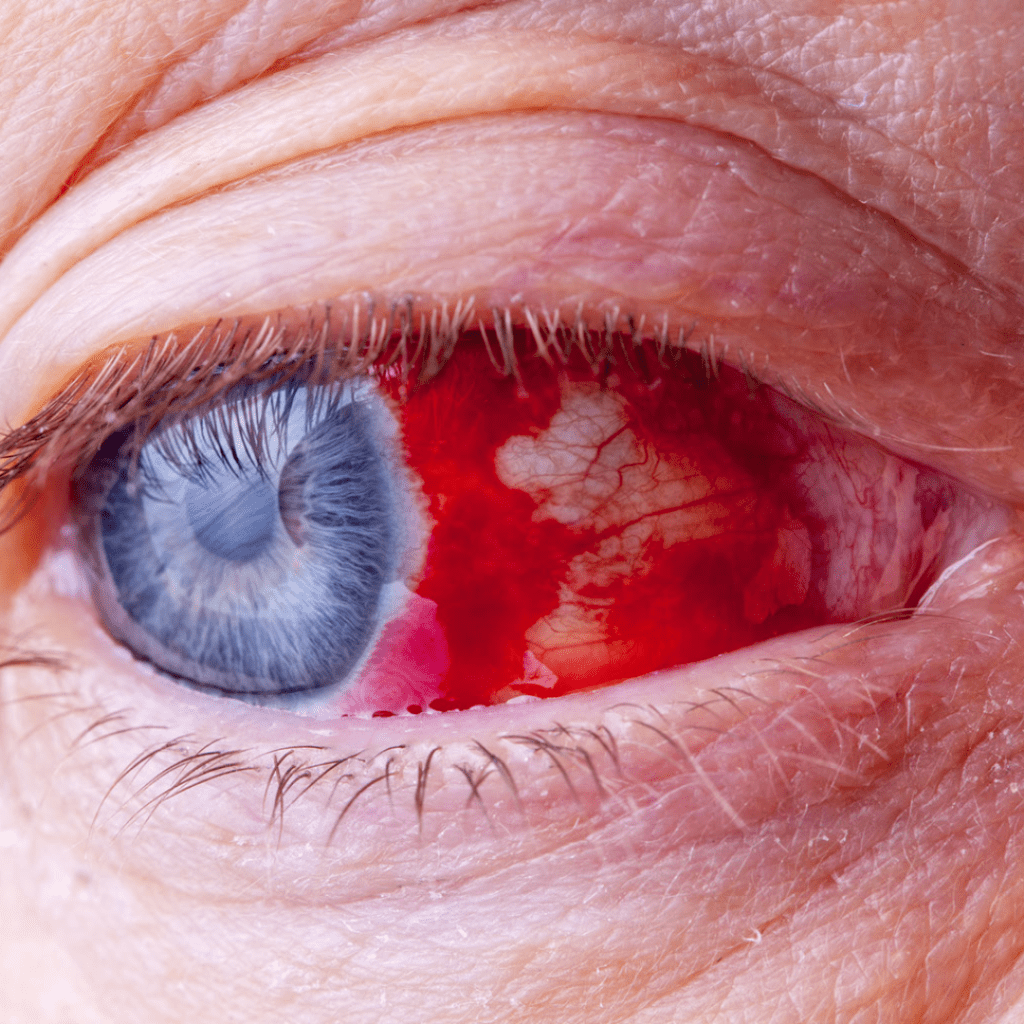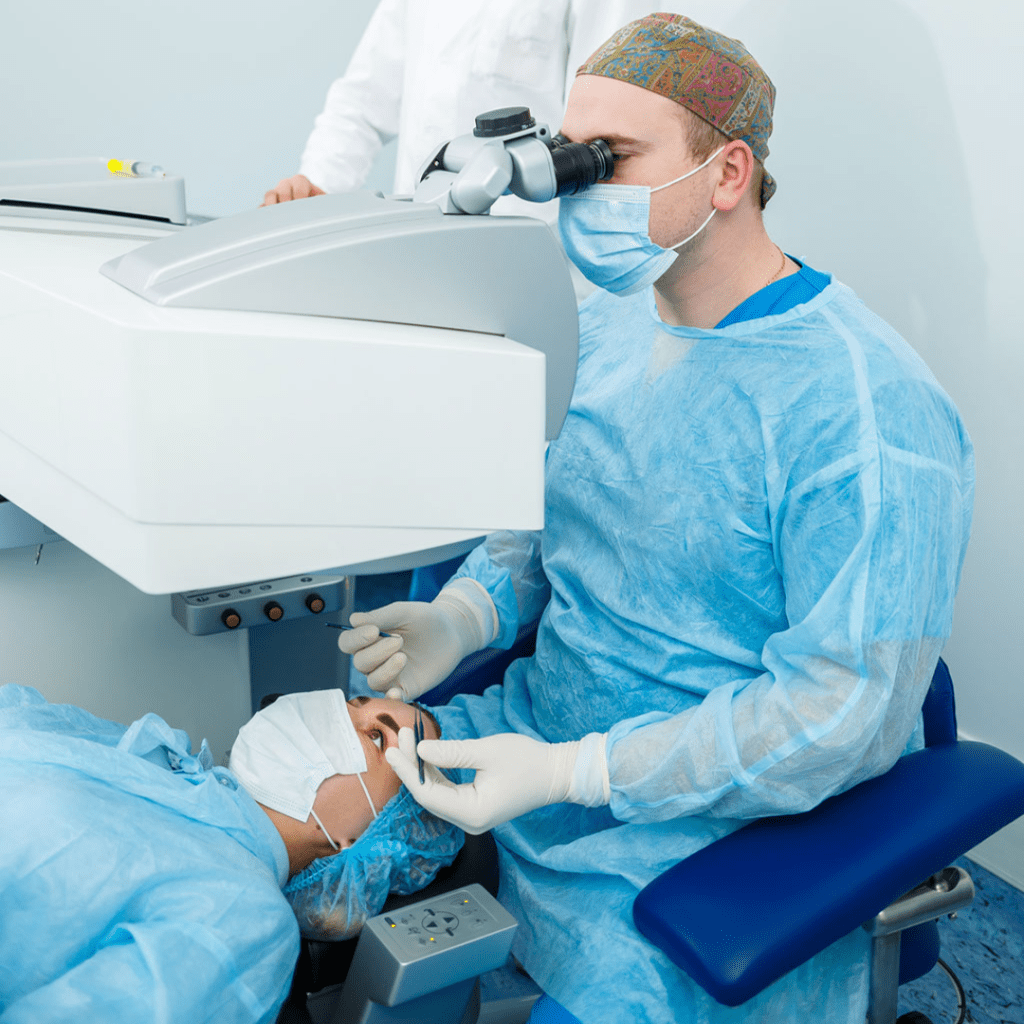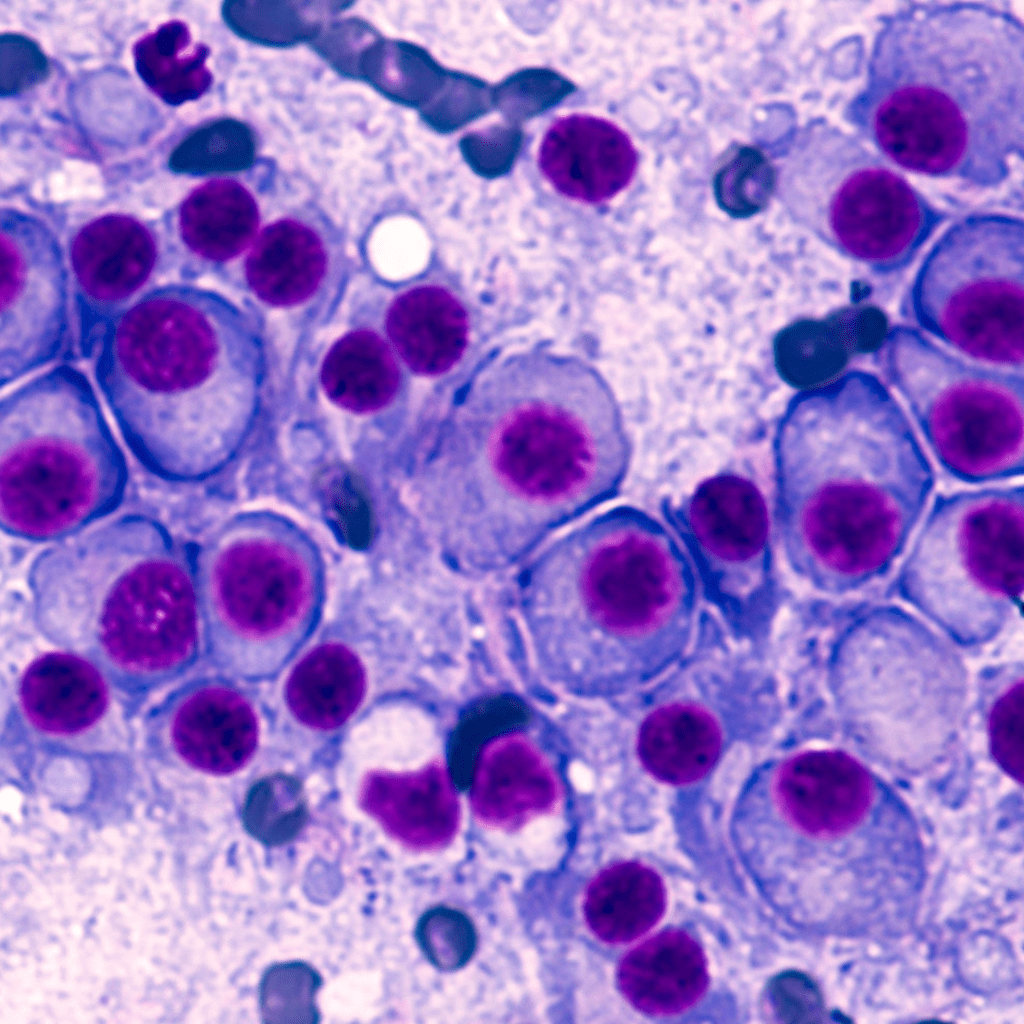Bloodshot eyes can be quite traumatizing for patients, prompting them to rush to the emergency room. Is it as dangerous as it seems? Let us find out.
SUBCONJUNCTIVAL HEMORRHAGE
The medical term for bloodshot eyes is subconjunctival hemorrhage (SCH). The hemorrhage or bleeding under the conjunctiva is what the term “SCH” refers to.
Conjunctiva is the transparent, slack membrane covering the white portion of the eye. There are tiny blood vessels under the conjunctiva that are visible to the naked eye.
For some reason, when these blood vessels burst, blood collects under the conjunctiva. The eyes appear bloodshot as a result of this.
Even though it might seem dangerous, this usually doesn’t warrant worry and goes away in a few weeks.
SYMPTOMS:
Patients are typically asymptomatic other than the bloodshot eye. When their conjunctiva is swollen, they may have foreign body sensation.
Why does SCH happen?
The cause is frequently unknown. It can either occur spontaneously or following a trauma. Patients occasionally reveal the past or present history that may have contributed to their SCH, such as:
Vascular disorders:

Hypertension and other vascular disorders like diabetes and hyperlipidemia are the biggest risk factors for spontaneous SCH. Blood vessels affected by these illnesses may weaken and spontaneously burst.
Transient increase in BP:

Coughing, sneezing, vomiting, lifting heavy weights, pressing down with constipation, or other forms of straining can also result in a transient rise in blood pressure, which can lead to the rupture of these thin blood vessels.
Bleeding disorders:
- Von Willebrand disease:

Due to a lack of a protein known as von Willebrand factor, which aids in blood clotting, von Willebrand disease is a bleeding disorder where the blood does not clot properly. Von Willebrand disease patients frequently have low levels of factor VIII, another protein that aids in clotting.
- Anticoagulants
In patients taking blood thinners or anticoagulants, blood clotting is delayed. A subconjunctival hemorrhage, however, does not require one to stop taking the medicines until advised to do so by the doctor. These drugs are prescribed for the prevention of heart attacks and strokes, which are life-threatening and more serious.
Trauma:
SCH causing trauma can be minor or major. Minor trauma such as an injury due to a fingernail, a foreign body, or a broken contact lens. Significant injury, like a ruptured globe, a skull fracture, or an orbital fracture.

Ocular procedures:
Cataract surgery, refractive surgery, vitreoretinal surgery, and injections of a local anesthetic around the eyes can damage the blood vessels of the conjunctiva resulting in SCH.
TREATMENT:
Since SCH is a red eye and not an eye infection like pink eye or conjunctivitis, it typically doesn’t require treatment and resolves on its own after a few weeks. The conjunctiva may occasionally swell, which makes blinking uncomfortable. Cold compresses and lubricating eye drops can provide some releif in such case.
RED FLAGS IN RED EYE:

1. Recurrent subconjunctival hemorrhages (SCH):
Multiple Myeloma: According to a study, multiple myeloma (cancer of plasma cells) may manifest clinically as recurrent SCH.
Cavernous hemangioma: This vascular tumor of the conjunctiva can cause recurrect episodes of SCH typically in early adulthood.
The patient should undergo a systemic work-up and blood tests if there are frequent subconjunctival hemorrhages with no known pathological cause.
2. Orbital mass or injury:

SCH along with additional symptoms like eyeball protrusion, limited eye movement, or agonizing eye pain must be evaluated thoroughly.
This is done to rule out any orbital mass in the case of an atraumatic injury or other ocular injuries and the mechanism of damage in the case of trauma.
3. Kaposi sarcoma:
This type of cancer affects the blood and lymphatic vessels’ linings. The Kaposi sarcoma-related conjunctival lesion is red or purple in colour and will have a slight elevation. HIV/AIDS testing must be done in this situation.
QUICK SUMMARY
In clinical practice, a subconjunctival hemorrhage is a common complaint. The only symptom that many patients come with is a bloodshot eye. A subconjunctival hemorrhage can frequently have an undetermined etiology. They typically have benign causes, such as increased strain, minor trauma, and contact lens use. However, in some cases, a systemic predisposing risk factor may exist, necessitating additional testing. Hemorrhage in the subconjunctival space typically goes away in two weeks. If the eye feels gritty, artificial tears might be helpful. If there is vision loss, restricted eye movements, or escalating pain and swelling, patients should immediately seek medical help.
